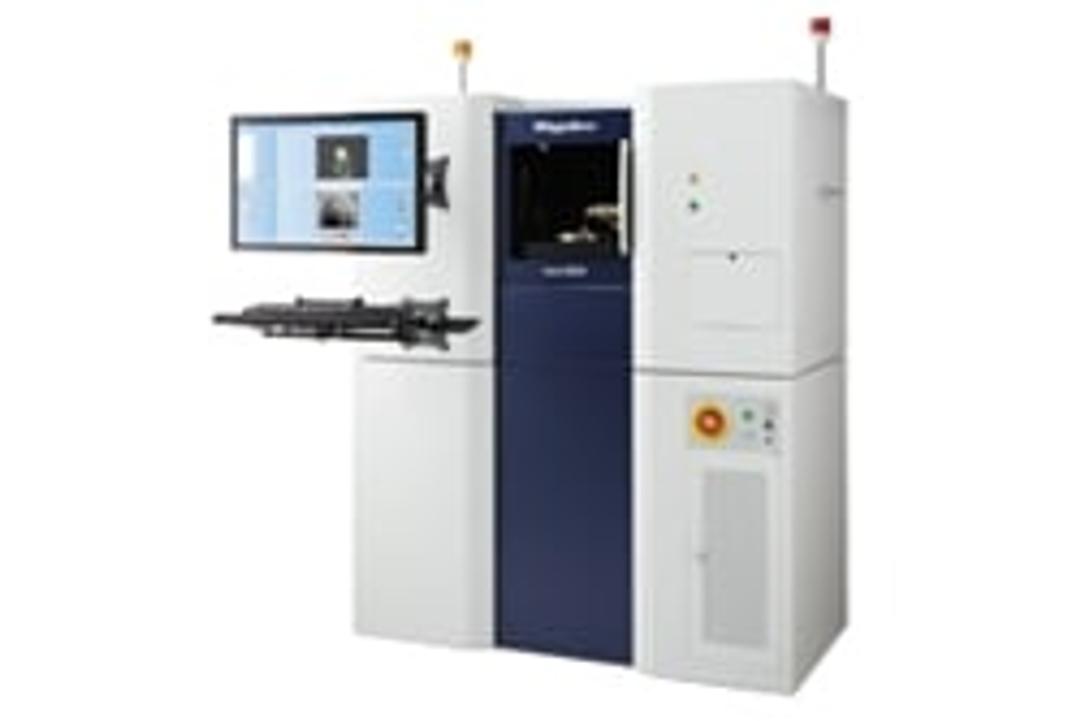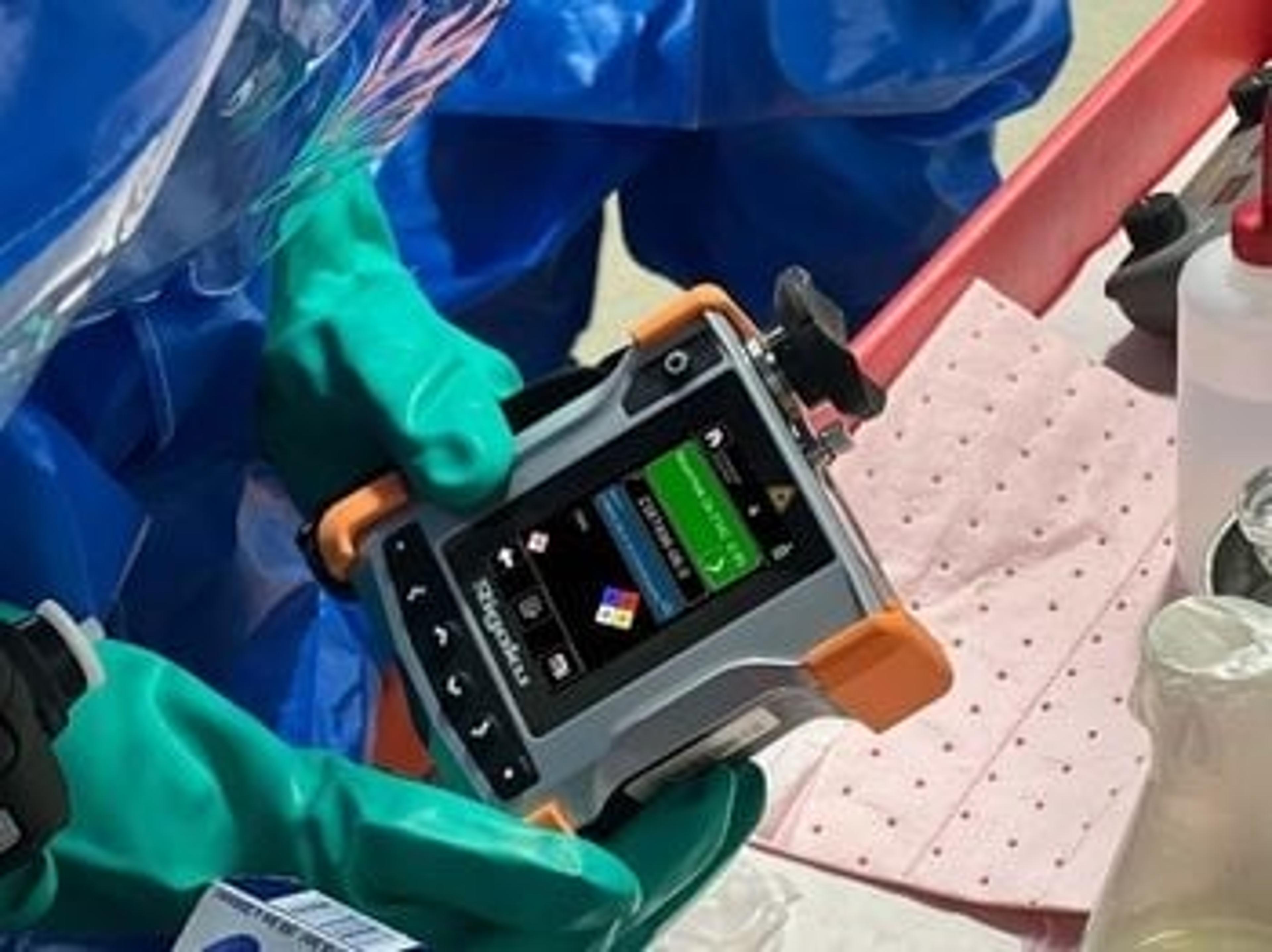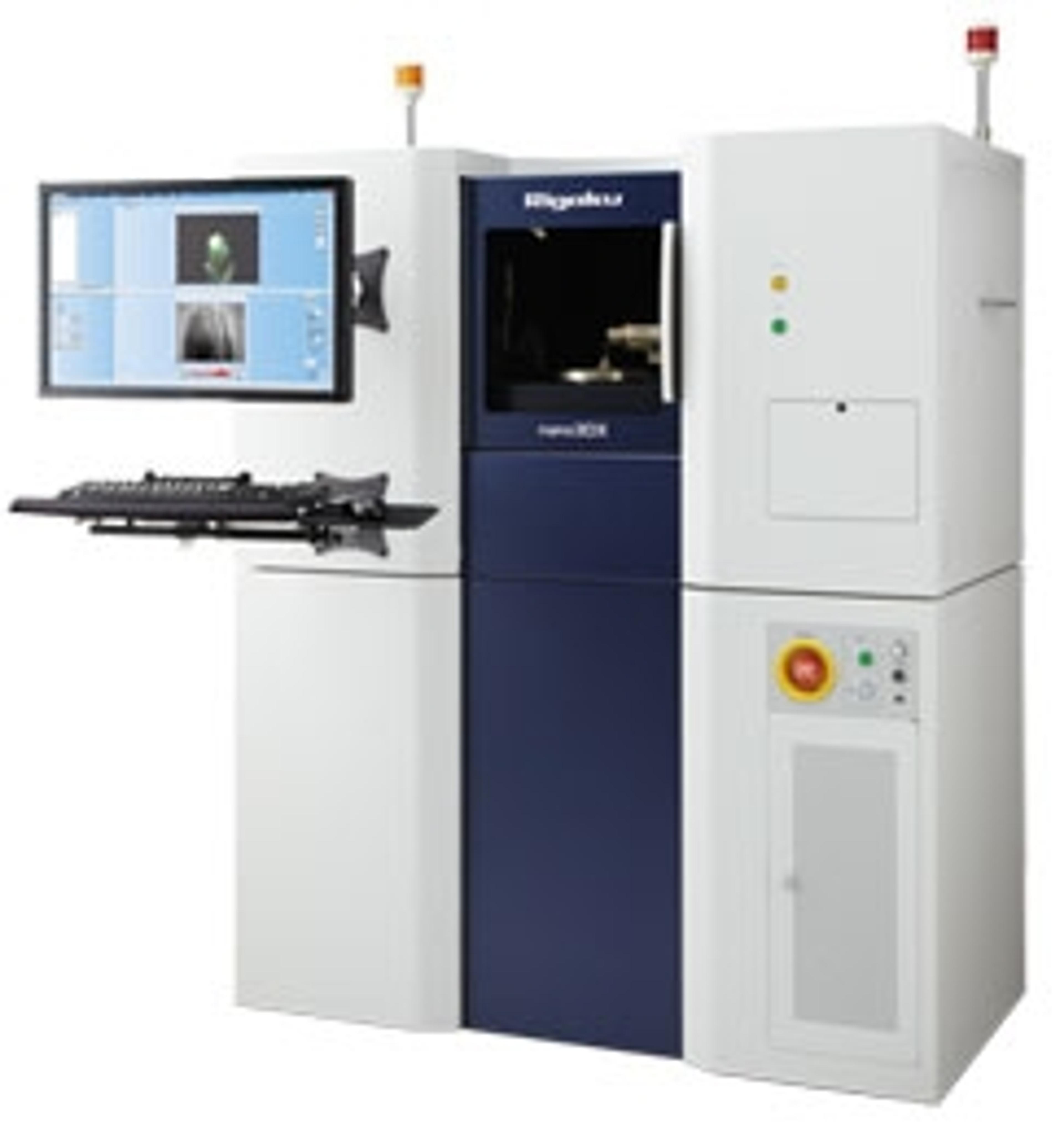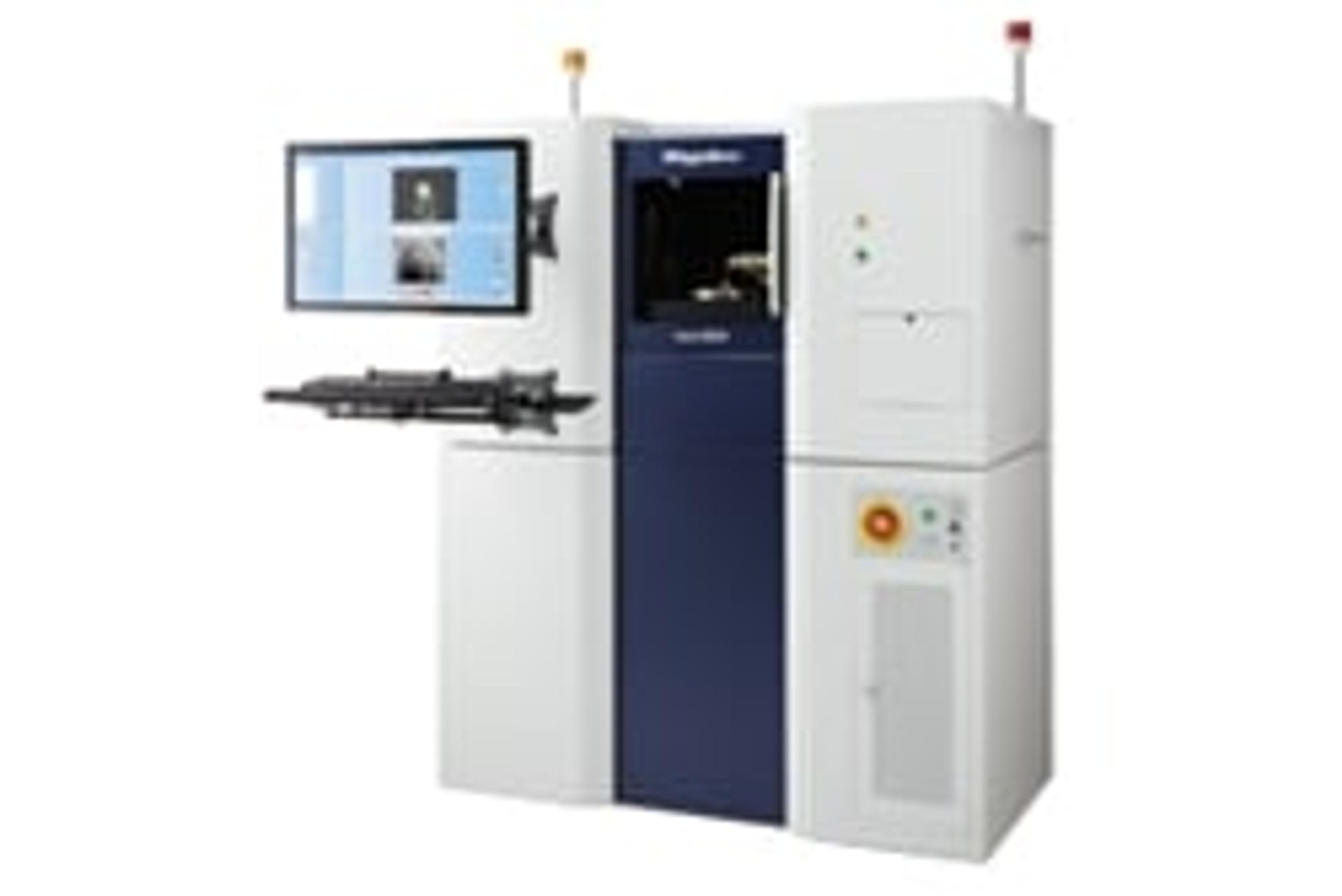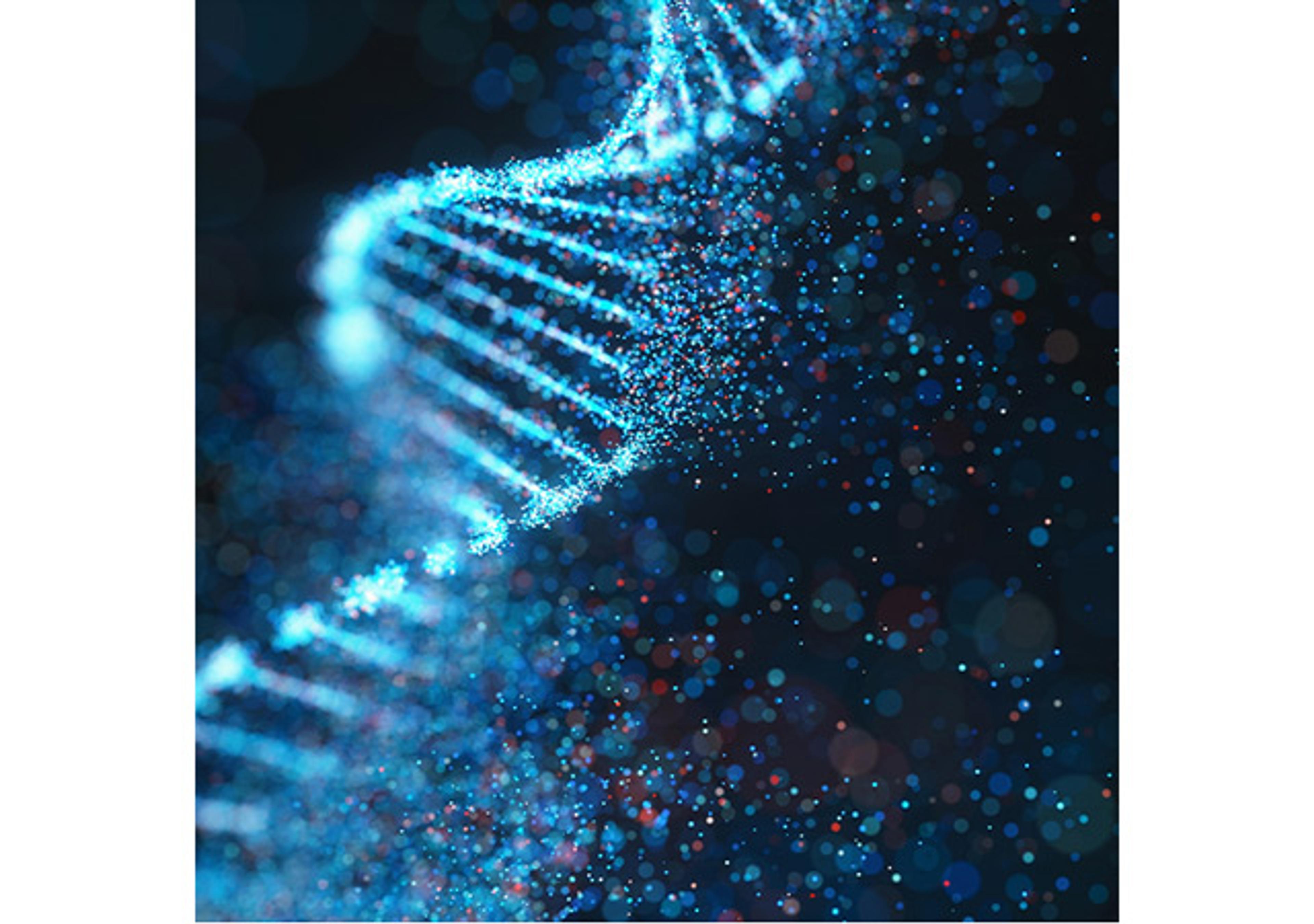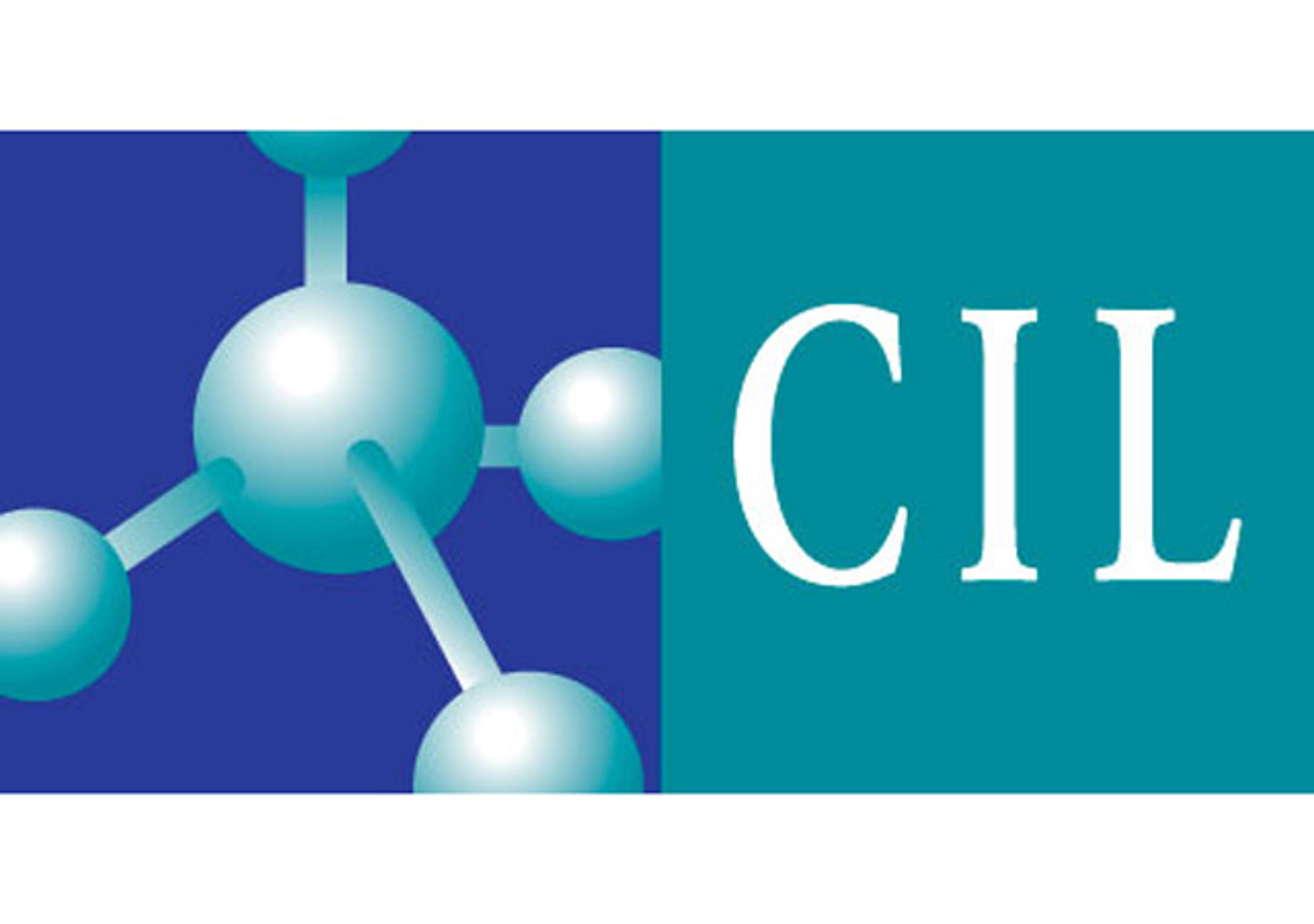nano3DX XRM
Rigaku nano3DX is a true X-ray microscope (XRM) with the ability to measure relatively large samples at high resolution. This is accomplished by using a high powered rotating anode X-ray source and a high-resolution CCD imager. The rotating anode provides for fast data acquisition and the ability to switch anode materials easily to optimize the data acquisition. AVAILABILITY: Japan, Austraila/NZ and North AmericaThe new nano3…

The supplier does not provide quotations for this product through SelectScience. You can search for similar products in our Product Directory.
Rigaku nano3DX is a true X-ray microscope (XRM) with the ability to measure relatively large samples at high resolution. This is accomplished by using a high powered rotating anode X-ray source and a high-resolution CCD imager. The rotating anode provides for fast data acquisition and the ability to switch anode materials easily to optimize the data acquisition.
AVAILABILITY: Japan, Austraila/NZ and North America
The new nano3DX allows you see into many types of samples, including those that have low absorption contrast, for example CFRP, or denser materials like ceramic composites. The nano3DX allows you to achieve this by providing the ability to change the X-ray wavelength to enhance contrast or penetration.
In the nano3DX, the magnification takes place in the detector using true microscope elements. This design places the sample close to a high-resolution detector, allowing for a near-parallel beam experiment. This means greater instrument stability and shorter data collection times providing the highest resolution of any X-ray microscope in its class.
The nano3DX design is a vast improvement over older implementations that use a small source and a long sample-to-detector distance. This geometric magnification requires a very small source and extreme stability to prevent smearing. Data acquisition times can be quite long because small sources are also low power.
nano3DX XRM Features:
- Ultra-wide field of view, 25X larger volume than comparable systems
- 3 X-ray wavelengths (Cr, Cu and Mo Ka) to optimize imaging for different sample matrices
- Parallel beam geometry for high contrast and rapid data collection
- Auto 5-axis (XYZ and rotation) stage and on-axis imaging system
- High resolution three dimensional (3D) images
- High power rotating anode X-ray source
- High contrast for low-Z materials
- High-resolution CCD imager

